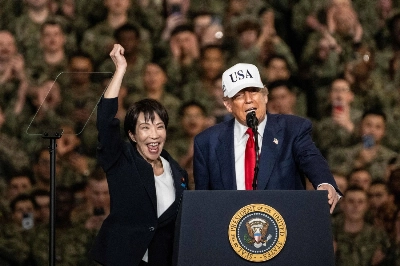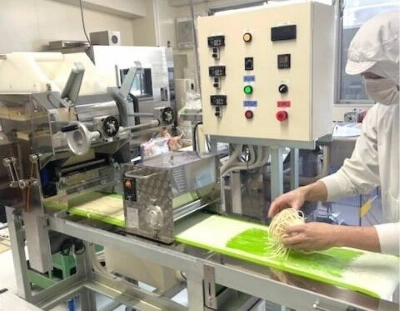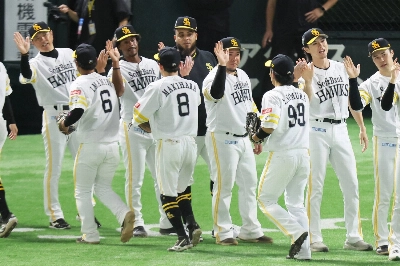Ever since the Japanese government started deregulating the economy in the '90s, there has been talk of an emerging income gap (kakusa). To a country that likes to think of itself as being uniformly middle class, social stratification means trouble, since it is often related to increasing crime, alienation, and other social ills.
Japan has always had its share of rich people, but it wasn't until the bubble era that they were visible. Before then, it was considered bad form to flaunt one's money, but the new rich who emerged in the late 80s were happy to show off their big cars and fancy condos and gold knickknacks because it was believed that the rising tide was lifting all boats, as Reaganomics boosters liked to put it. Companies were doing great and since the lifetime employment system was still in place, the vast middle class wasn't resentful. They believed their future was secure.
It wasn't. The new rich received their comeuppance when the bubble burst and the middle class started worrying about jobs. The post-deregulation gap is different from the bubble-era gap because today's new rich succeeded through ingenuity and ambition, rather than land and stock speculation. According to the free-market ideas inherent in deregulation, what made these entrepreneurs rich is the same thing that makes full-time company employees expendable.

















With your current subscription plan you can comment on stories. However, before writing your first comment, please create a display name in the Profile section of your subscriber account page.